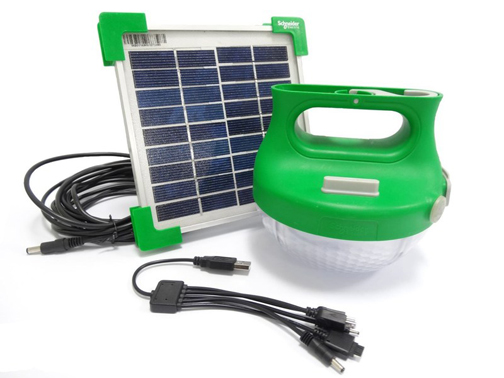Puerto Rico’s EV charging network developer to be chosen in February

The Federal Highway Administration has allocated $51.4 million in grant funding to the Puerto Rico Highways & Transportation Authority (PRHTA) to establish a network of 10 publicly accessible electric vehicle (EV) charging stations along the island’s Route 2, and highways 22 and 52.
The funds are part of the Infrastructure Investment and Jobs Act’s $2.5 billion Charging and Fueling Infrastructure Discretionary Grant Program, a competitive funding initiative that will fund 47 EV charging and alternative-fueling infrastructure projects in 22 states and Puerto Rico, including the construction of approximately 7,500 EV charging ports.
The secretary of Puerto Rico’s Department of Transportation and Public Works (DTOP, in Spanish), Eileen Vega-Vélez, told News is my Business that the island will work with a private-sector provider that will be selected in February, following a request for proposal process that began in August.
“The PRHTA committee received the proposals in December and will be meeting this month to analyze them,” she stated.

The plan calls for using the grant to build a network of 10 stations that include four charging stations each, initially covering the three approved corridors. The funding will also be used to cover the costs of the infrastructure required to connect the chargers and associated equipment.
“We got approval for PR-22 in the north, PR-2 from Arecibo to Ponce and then we have PR-52 from Ponce to San Juan. In the future, we will apply for more discretionary funding to do the island’s east side, including PR-3, PR-53 and PR-54,” she said.
While the exact location for the first charging station is not yet confirmed, Vega-Vélez did say the first facility could be operational this year.
Highlighting the project’s significance, Vega-Vélez said, “This is really important for us because we’re building our network, and that’s what we need. We need more sustainable transportation – it’s eco-friendly – it’s pretty much how the world is working now and we’re seeing that folks in Puerto Rico as well as in the U.S. are buying more electrical vehicles. So we need to provide the infrastructure to be able to charge them.”
2nd allocation for EV chargers
The grant announced Thursday represents the second allocation Puerto Rico has received for this project.
Earlier this year, the island obtained about $13 million over five years from the National Electric Vehicle Infrastructure (NEVI) formula program under the same law, which is also known as the Bipartisan Infrastructure Act, to build the “backbone” of high-speed EV chargers along U.S. highways, including Puerto Rico.
However, Vega-Vélez indicated the allocation was “not sufficient,” leading the local government to apply for additional discretionary funding.
“The Highways & Transportation Authority submitted the proposal and was able to get all of the funding asked for,” she said.
In terms of the technology, the charging stations must comply with NEVI’s standards, which cover various aspects including “installation, operation or maintenance of EV charging infrastructure; the interoperability of EV charging infrastructure; traffic control device or on-premises signage acquired, installed, or operated in concert with EV charging infrastructure; data, including the format and schedule for the submission of such data; network connectivity of EV charging infrastructure; and information on publicly available EV charging infrastructure locations, pricing, real-time availability, and accessibility through mapping applications.”
Specifically, each station must be equipped with a minimum of four Direct Current Fast Chargers, offering 150 kilowatts per port, meaning that in the first phase, Puerto Rico will have 40 of those chargers available at the selected locations. The stations must be located within 1 mile of the nearest highway exit, and spaced 50 miles apart.
Working with LUMA
Vega-Vélez acknowledged that the project to build the EV public charging network requires working with LUMA Energy and the U.S. Department of Energy to prop up the island’s fragile power grid. She said that with the influx of federal funding the island is receiving, the power infrastructure’s challenges can be addressed to sustain the additional demand from the EV charging network.
“LUMA has received funding from the Federal Emergency Management Agency and federal grants to be able to rebuild our grid. And so, our situation before [Hurricane] Maria, and after Maria will be different in the years to come because we’re going to have a new electrical grid system,” she said. “So, it’s being rebuilt. It’s being transformed. There’s no reason why Puerto Rico should not be among the leaders of innovation and be able to participate in the world market for a system like this.”
“There’s no reason why we cannot recover from Maria and have a better infrastructure,” she added, noting that the demand for electric vehicles has been growing in Puerto Rico.
Puerto Rico’s allocation is the fourth largest in the U.S., behind Texas ($70 million), New Mexico ($64 million) and California ($56 million).







